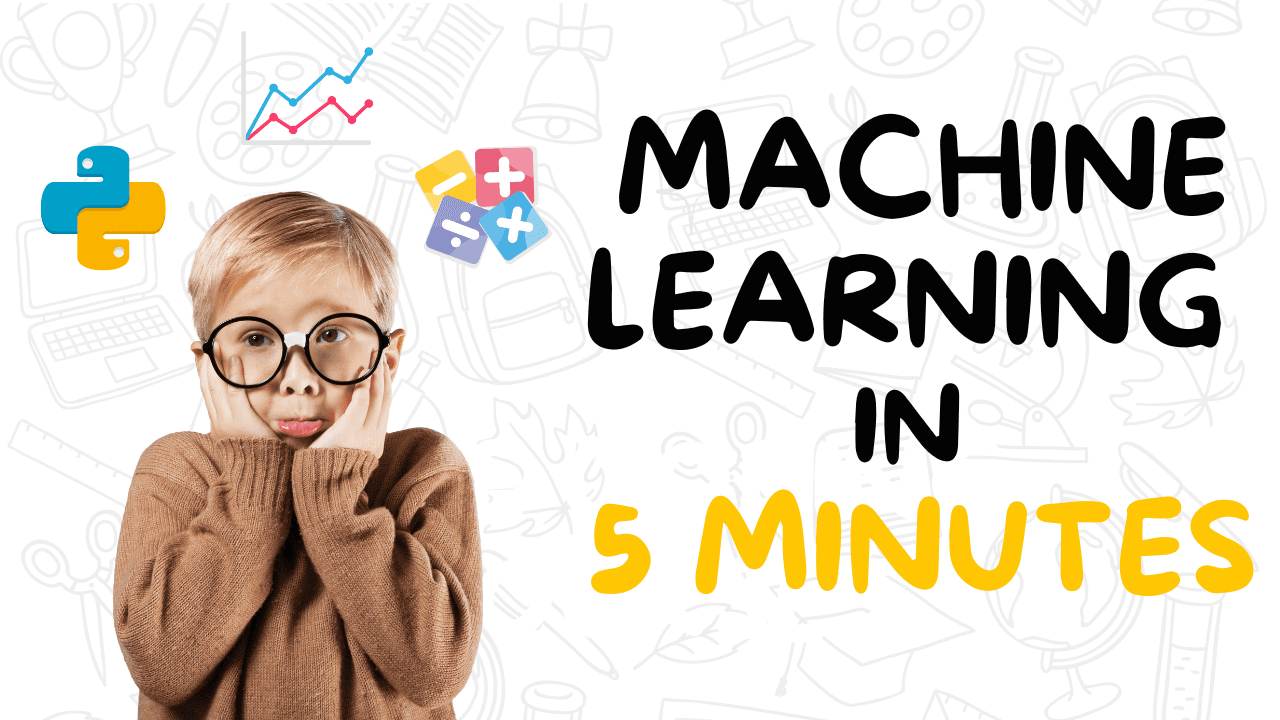The emergence of quantum computers in the near future is poised to disrupt the current state of security using cryptographic techniques. These powerful machines not only have the capability to render existing mathematical foundations of digital security systems obsolete but also render traditional encryption methods ineffective virtually overnight.
In light of the impending digital revolution, post-quantum cryptography (PQC) stands as a beacon of hope, offering a promise of safeguarding our sensitive data from the impact of quantum advancements.
The question remains: is PQC the ultimate solution to future cyber threats or just one tool in the arsenal against rapidly evolving risks?
As we grapple with the challenges of quantum cryptography, we are not only addressing the technological demands but also engaging in a crucial battle in the war against cyber threats. This article delves into the potential and obstacles of post-quantum cryptography while evaluating its efficacy in the era of quantum computing.
Understanding Quantum Computing
Source
Quantum computing is at the forefront of a technological revolution and promises a shift in computing power. Unlike traditional computers that use binary bits (0 or 1), quantum computers leverage quantum bits or qubits, exploiting quantum mechanics phenomena for processing.
Qubits exist in a state of superposition, enabling them to represent both 0 and 1 simultaneously. Additionally, qubits can entangle, allowing for instantaneous communication over vast distances.
This unique capability enables quantum computers to perform parallel computations on an unprecedented scale compared to conventional computing algorithms.
With the advancement of quantum computing research, it is evident that its impact on various areas, including cryptography and post-quantum cryptographic services, will lead to a significantly altered world.
The Rise of Post-Quantum Cryptography
Source
Post-quantum cryptography (PQC) is a specialized field that develops quantum-resistant cryptographic algorithms and protocols to withstand attacks from both classical and quantum computers.
Unlike classical cryptosystems that rely on mathematically challenging problems, PQC schemes are designed to withstand the immense computational power of quantum computers.
The need for PQC arises from the substantial threat that quantum computers pose to existing cryptographic systems. As quantum computing evolves rapidly, widely used RSA and ECC algorithms may be vulnerable to quantum algorithms like Shor’s algorithm.
To address the need for quantum-resistant cryptography, various initiatives have emerged to enhance PQC development and standardization. Notably, the National Institute of Standards and Technology (NIST) conducted a public contest to select candidate PQC algorithms.
Types of Post-Quantum Cryptographic Algorithms
As cryptographic research evolves, different solutions are proposed to mitigate the looming threat of quantum computing.
Lattice-based Cryptography
Lattice cryptography relies on the complexity of specific lattice problems for security. A lattice comprises points in n-dimensional space forming a periodic pattern.
Lattice cryptography offers robust security and is a prominent contender for the next generation of quantum-cryptographic algorithms.
Code-based Cryptography
Code-based cryptographic schemes use error-correcting codes for security. These codes facilitate error detection and correction in transmitted data.
One example is the McEliece cryptosystem, extensively studied as a post-quantum cryptography algorithm.
Multivariate Quadratic Polynomials, Hash-based Schemes, and Other Candidates
These schemes rely on solving systems of multivariate quadratic equations or cryptographic hash functions for security.
Additional post-quantum cryptographic algorithms include isogeny-based cryptography and lattice-based constructions like NTRUEncrypt.
Challenges and Limitations of Post-Quantum Cryptography
Source
The adoption of post-quantum cryptography presents several challenges and limitations that must be addressed for successful implementation:
Computational Overhead: Post-quantum cryptographic algorithms often require more computational resources than traditional methods, potentially impacting performance in resource-constrained environments like IoT devices.
Key Sizes and Bandwidth: Many PQC algorithms necessitate larger key sizes and increased bandwidth compared to classical counterparts, limiting compatibility with systems with limited storage and bandwidth.
Interoperability and Compatibility: Integrating PQC with existing systems and protocols requires ensuring interoperability and compatibility, which can be complex and time-consuming.
Standardization and Adoption: The lack of standardized PQC algorithms and protocols hinders widespread adoption. Efforts are ongoing to standardize, but achieving consensus on suitable algorithms may take time.
Is Post-Quantum Cryptography the Ultimate Answer to Cyber Threats?
While post-quantum cryptography shows promise in combating emerging cyber threats, it is not a standalone solution.
Its development and adoption are crucial steps in enhancing cybersecurity resilience, particularly in anticipation of quantum computing advancements.
Achieving robust cybersecurity requires a multifaceted approach involving technological innovation, proactive risk management, and collaboration among stakeholders.
As we navigate evolving cyber threats, the search for cybersecurity solutions continues. Post-quantum cryptography plays a vital role in the puzzle but is not the ultimate answer.
The post Is Post-Quantum Cryptography The Solution To Cyber Threats? appeared first on Datafloq.






















